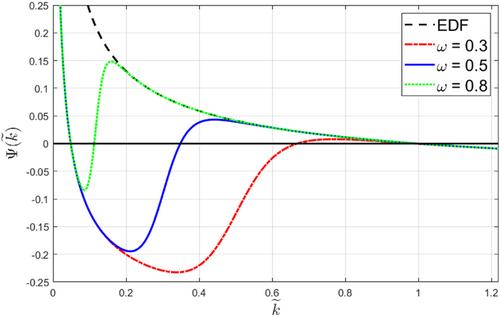Relative deprivation, time preference, and economic growth
IF 0.7
4区 经济学
Q4 ECONOMICS
引用次数: 0
Abstract
We study the growth process among a large group of economies where consumption relative to a reference group determines the discount factor of the household agents. We characterize all possible balanced growth paths and their stability properties. The model can explain why two economies having similar production technologies, preferences, and total factor productivity growth rates can differ in labor supply behavior and have diverging growth paths depending on their initial conditions. Numerical analysis of the model suggests that growth path divergence is plausible based on cross-country differences in savings rates. History dependence on time preference also generates realistic transitional dynamics.

相对剥夺、时间偏好和经济增长
我们研究了一大批经济体的增长过程,其中相对于参考组的消费决定了家庭代理人的贴现因子。我们描述了所有可能的平衡生长路径及其稳定性。该模型可以解释为什么两个具有相似生产技术、偏好和全要素生产率增长率的经济体在劳动力供给行为上存在差异,并根据初始条件产生不同的增长路径。该模型的数值分析表明,基于各国储蓄率的差异,增长路径的差异是合理的。对时间偏好的历史依赖也产生了现实的过渡动态。
本文章由计算机程序翻译,如有差异,请以英文原文为准。
求助全文
约1分钟内获得全文
求助全文

 求助内容:
求助内容: 应助结果提醒方式:
应助结果提醒方式:


